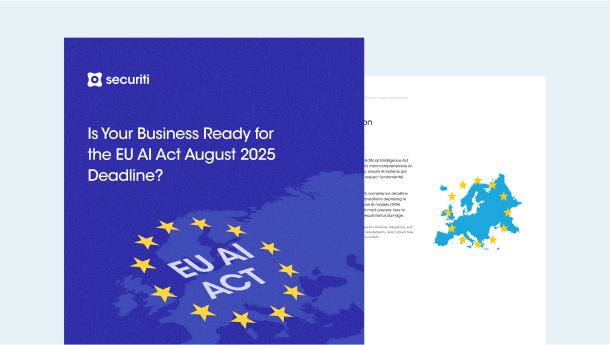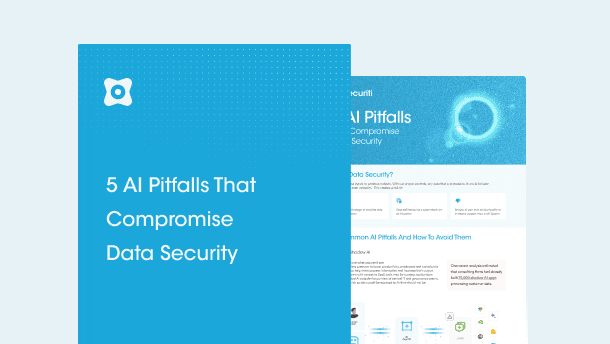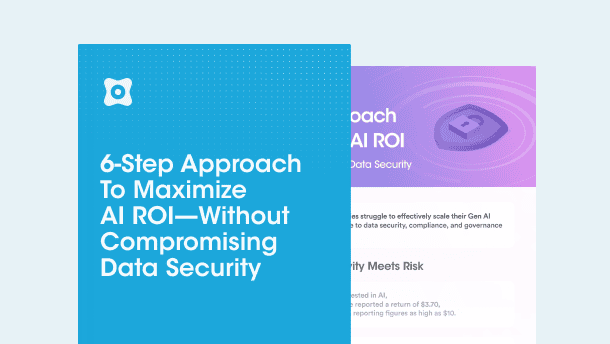With organizations amassing massive volumes of data, bad actors are accelerating efforts to gain data access and steal corporate, personal, and sensitive data. With data breaches hitting the news cycle continually, there is a lot of noise out in the marketplace on the best way to protect and secure sensitive data. It is important for organizations to not try to boil the ocean, but look to take some fundamental steps, and do them well, to put them in the best position to protect from or react to a breach.
I am going to touch on the 4 key steps every organization should take and can do to better protect and respond to threats, those being
- Sensitive Data Insight
- Security Posture Management
- Access Intelligence
- Breach management
Have Sensitive Data Insight
I believe the first and foundational component for any organization in being able to protect themselves from data breaches is having insight and an understanding of the data. It is crucial to understand both what sensitive data exists, within your organization as well as where that data exists. With the amount of data, and the number of systems growing rapidly, especially in cloud environments, no organization can boil the ocean. To be able to best protect sensitive data against exposure, with limited resources, having insight into what to protect and where is crucial.
One of the easiest ways for bad actors to access sensitive information, is to gain access to data assets that your organization is not ever aware of, and can contain sensitive data. Many companies face the problem of dark data assets, which are simply data assets (databases, storage and file servers, applications etc.) that contain data, which your organization and security team is unaware of. In many cases, dark data assets spring up when an organization migrates data and forklifts assets from on-premises to the cloud. In other cases they pop up because users, such as data scientists or BI analysts, decide to spin up their own environments, download and utilize their own tools, and dump data into them for discovery. It is easy for these unprotected, unknown assets, to be vulnerable to breach.
To lay the foundation to protect against and deal with data beaches, insight must be gained on all sensitive data, and the data assets that contain the data, including dark data assets. It is necessary to have a complete view of all sensitive data, structured and unstructured. The sensitive data insight must be collected across a variety of data clouds as well as on premises, in IaaS, SaaS, and streaming environments. This allows organizations to prioritize limited resources, protect against breaches and lays the foundation for other key components that protect and deal with data breaches.









































